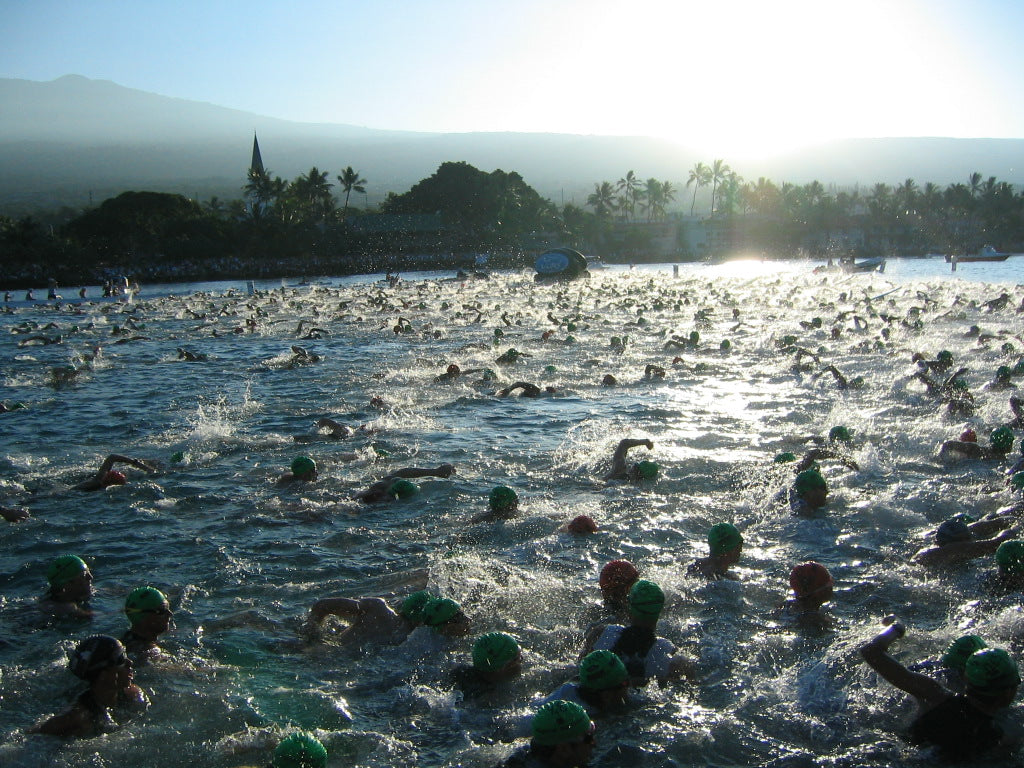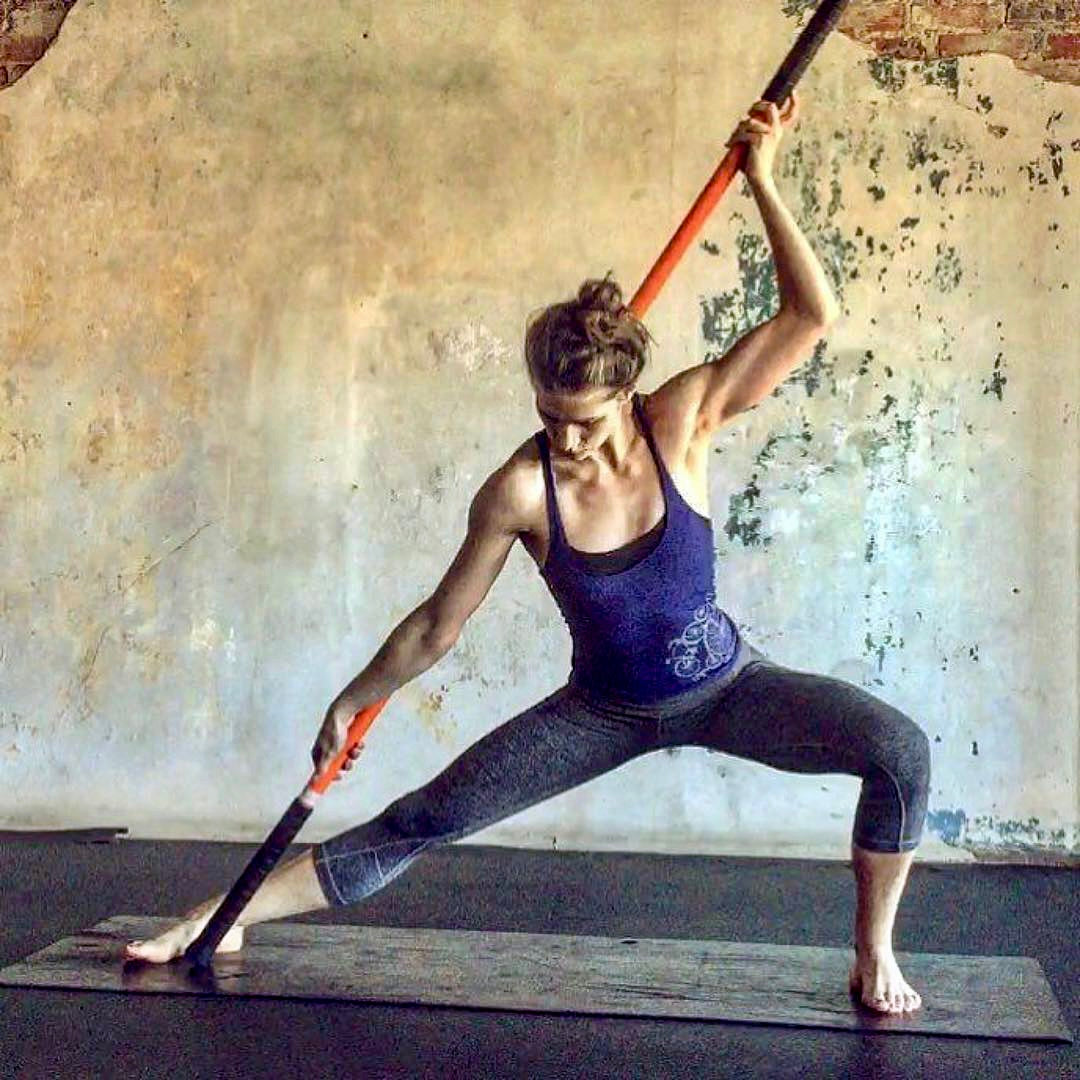Ironman – A Brief History
Every October, the world turns its attention to the iconic Ironman World Championship held in Kona, Hawaii. This legendary event had its humble beginnings as the brainchild of Judy and John Collins, who organized a unique run-swim competition in Honolulu back in 1977. This groundbreaking competition combined the challenging Waikiki Roughwater Swim with the grueling Honolulu Marathon.
On February 18, 1978, the Collins' vision became a reality with the inaugural Hawaiian Iron Man Triathlon. Little did they know then how their race would evolve into a global phenomenon and touch countless lives. Throughout the years, this 140.6-mile endurance event has produced countless memorable moments, such as Julie Moss's dramatic crawl to the finish line in 1982.
Today, hundreds of thousands of triathletes from all corners of the globe test their mettle, striving to prove that they have what it takes to cross the Ironman finish line. The Ironman tagline, "Anything is Possible," captures the spirit of this incredible journey.
In a historic development, this year marks the first time the race will be split between male and female professionals. The male professionals had their own race in Nice, France, marking a milestone in Ironman history. Female pros and age group competitors from around the world will converge once again in Kona on October 14, 2023.
The Disciplines of the Sport
Beyond the swim-bike-run training regimen, it is imperative for triathletes to incorporate other activities such as strength training and recovery into their routines. During my initial Ironman training program, I introduced both gym sessions and yoga into the mix. This holistic approach helped build strength, mobility, and recovery – essential elements for preparing for the demands of a triathlon. It seemed counterintuitive at the time to add more volume to my long hours of training each week. However, I trusted my expert coaches and it proved extremely helpful.
Two decades later, I’m honored to participate in the 30-year anniversary of the Challenged Athletes Foundation San Diego Triathlon Challenge (charity event), at the site of the very first modern triathlon on record in Mission Bay, California.
This year I've added something new to my training regimen – Stick Mobility Training Sticks. These flexible tools offer valuable leverage, stability, and body awareness, enhancing functional range of motion and muscle activation. Incorporating this modality has proven especially beneficial as I've aged and noticed that my body doesn't respond and recover as it once did.
Warm-up, Training, Recovery
In the realms of swimming, biking, and running, maintaining good mobility in your foot and ankle is crucial for performance and staying injury free. One excellent drill for this purpose is the Single Stick Foot and Ankle Mobilization, ideal as part of a warm-up routine.
To perform the exercise:
- Begin with a wide base, lowering your pelvis toward the floor and keeping your head over your shoulders.
- Stack both hands on the Training Stick.
- Elevate your heels slowly off the floor, extending your toes.
- Perform up and down heel raises (sagittal plane), side to side lateral tilts (frontal plane), and circular motions both clockwise and counter clockwise (transverse plane).
[Example video HERE]
Additionally, Training Sticks can be used for isometrics and strength training. Training your legs unilaterally is essential since walking is approximately 70% single leg and running is 100% single leg. The single-leg RDL (Romanian Deadlift) serves as an excellent hip mobility exercise to incorporate into your workout sessions.
To perform the exercise:
- With two long Training Sticks, stand tall, positioning them at 11 and 1 o'clock with your hands at sternum level.
- Push both sticks into the floor with approximately 50% effort.
- Bring one hip into a 90° angle and hinge the standing hip back.
- Focus on driving the heel of the free leg backward while dorsiflexing the ankle.
- Reach the arms forward, maintaining proper alignment.
[Example video HERE]
Lastly, the Bow and Arrow is a Stick Mobility exercise and can be ideal as part of a recovery session. It provides a combination of fascial tensioning and lengthening. This is a great drill for improving your ability to side bend through the torso, lateral hip and work overhead mobility which helps to counteract the demands of swimming.
Keep in mind, exercises such as the Bow and Arrow can be adjusted to your objectives. For example, it can be used in your strength training session if you add force by pushing and pulling the Training Stick.
To perform the exercise:
- With one long stick, place your feet shoulder-width apart.
- Position the stick at either 3 or 9 o'clock (left or right side) and about 12 inches from the midfoot.
- Use your bottom hand to grab the Training Stick around waist level.
- Reach the top hand over the head, grabbing the stick with the palm facing forward.
- Push your hips away from the direction of the bow and arrow and hold for 6-10 seconds.
- Add shoulder flossing by moving them into rotation for increased shoulder articulation.
[Example video HERE]
The Bottom Line & The Finish Line
Mobility, strength training, and active stretching are vital components for individuals of all ages and athletic pursuits. Whether you're striving to keep up with your children, training for your first 5k, or chasing a personal record (PR) in the Ironman triathlon, these supplemental activities play a crucial role. The extra time invested in maintaining your physical well-being far outweighs the potential setbacks caused by something like an injury.
As I coined the phrase in a book back in 2005, "It's a lifestyle, train like there's no finish line." Enjoy the activities you love and have fun along the way! Live your passion!
For more information on Stick Mobility programs, check out the exercise library HERE.


